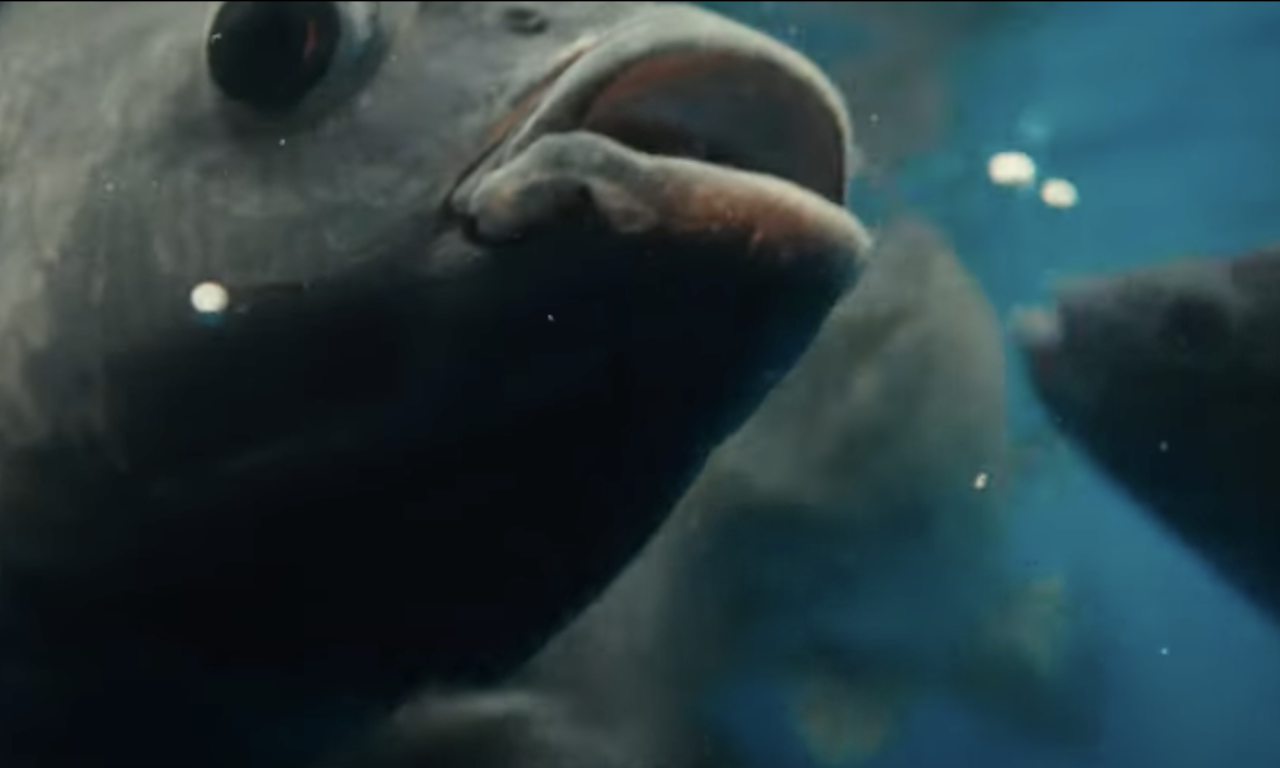
Around 600 million people depend on fishing and aquaculture for their livelihoods. Yet the global catch is declining from overfishing, habitat degradation and warming oceans. As such, the stakes are high in the quest for quality fish breeds. Add to that, the demand for aquatic foods is set to double by 2050. With targeted genetic enhancements in fish, we can ensure aquaculture not only meets these demands, but is also the backbone of local economies and nutrition goals in vulnerable countries.
Breeding fish that grow quickly and are hardy against diseases can significantly reduce the risks associated with securing food and nutrition and making a living. As the climate changes, however, fish breeds that can withstand environmental shifts are becoming increasingly critical.
Pioneering Sustainable Aquaculture with G3 Rohu
In 2023, the transfer of WorldFish’s G3 Rohu to the Bangladesh Fisheries Research Institute marked a significant milestone for the country. This genetically enhanced strain matures 37 percent faster than traditional rohu, a globally significant species, promising a revolution in aquaculture efficiency.
The transfer was the culmination of over 11 years of research under the WorldFish Carp Genetic Improvement Program (CGIP) set up with the support of the United States Agency for international Development (USAID), Bill & Melinda Gates Foundation, International Fund for Agricultural Development, EU and CGIAR to improve the productivity and profitability of carp aquaculture systems in Bangladesh through fast-growing carp strains.
Rohu is a staple in Bangladesh’s aquaculture, accounting for more than 78 percent of total pond production along with catla, mrigal carp and silver carp. As such, the introduction of G3 Rohu is poised to dramatically boost production and act as a safeguard against the effects of climate change, ensuring a consistent and cost-effective supply of essential proteins and livelihoods to millions of people.
With the program also undertaking genetic improvement of catla and silver carp, the research is tackling the pressing issues of food security and economic reliance on fisheries head-on.
Spreading and Securing GIFT
WorldFish’s GIFT, a project that started in 1988, has demonstrated the success of a food systems approach to improving nutrition and livelihoods. Countries such as Timor-Leste, which is now on to the 14th generation of GIFT, have increased incomes and stimulated hatchery and feed businesses. In 2023, specifically, these countries were able to nourish the diets of kids through school meals program with now easily accessible and affordable fish.
It is estimated that more than 50 percent of global tilapia production is from GIFT and GIFT-derived strains. Advanced genetic technologies are, therefore, paramount to shed light on the genetic factors influencing growth, feed efficiency and additional traits that will be crucial to produce resilient fish that will maintain production of this important fish breed in the face of environmental change.
In partnership with the Earlham Institute, we published the first high-quality assembly of the GIFT genome, increasing our understanding of Nile tilapia genomes. We discovered substantial and unique genetic variation in farmed strains of tilapia, highlighting the need to use this strain-specific resource to inform future breeding programs.
This new, more accurate genome sequence will make it easier to identify genes influencing disease susceptibility, growth rate and feed conversion (the measure of how efficiently a fish converts feed into body mass). It will also allow us to tailor our breeding programs to improve these important traits for efficient food production and adaptation to climate change.
Tailoring Genetic Innovations to Communities
To promote social equity, it is critical to ensure that our genetic programs and innovations, like GIFT, are tailored to empower women so that the benefits of aquaculture are equitably distributed.
In 2023, we published a paper on the preferences of male and female tilapia farmers in the districts of Jessore and Mymensingh in Bangladesh. The study reinforced the importance of integrating gender perspectives into breeding programs. It showed that, while some preferences were shared by both men and women, in some cases, preferences differed because of a division in roles and responsibilities. Women, who are usually the primary food preparers in the house, valued characteristics that refer to eating quality, like taste and freshness. Men, on the other hand, tended to prefer traits that enhance growth rate, feed efficiency and profitability.
These findings on gender-disaggregated trait preferences will help embed social equity and community well-being into the design of our breeding programs and genetics research.
The Work being Done Today is Vital to Tomorrow
These advances in aquatic animal genetic research are not just increasing production but are transforming how we can sustainably harness aquatic food systems to nourish the world amid climate change. By focusing on the most widely consumed and hardy fish species, such as tilapia and carp, for genetic improvements and understanding the human element in genetics research, we are setting the stage for resilient aquatic food systems that support both ecological balance and community needs. Our aim is to make aquatic foods a sustainable and resilient part of our global food system that contributes to the health of people and the planet and shared prosperity.